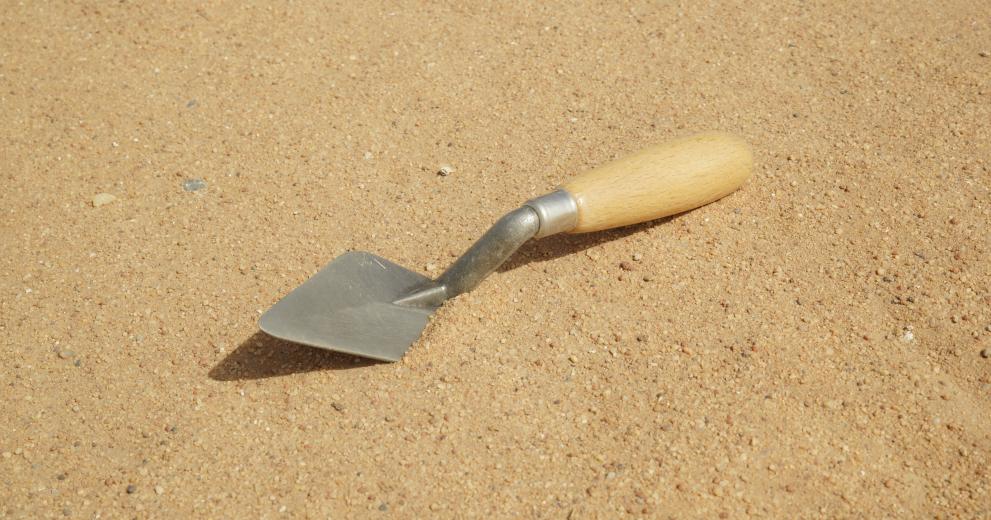Sai Island is situated between the Second and Third Nile Cataracts. It is 12 kilometres long and 5 kilometres wide. Jebel Adu in its northern part is a widely visible landmark. Sai has a very long and rich occupational history, starting from the Palaeolithic.
Later prehistoric sites provide evidence about the transition to food production and the use of resources in the specific island environment. Vast Kerma necropoleis with monumental tumulus superstructures indicate that Sai was a major centre of that culture, second only to Kerma itself. The name of the island in Ancient Egyptian texts, Shaat, goes back to this period.
The Pharaonic sites cluster on the eastern side of Sai. They comprise a large fortified town, complete with a temple of Amun, which was founded immediately upon the conquest of the region in the early New Kingdom (c. 1550 BC). Two contemporary cemeteries are situated close by. They feature pyramidal superstructures, much the same as the elite tombs of/in other New Kingdom necropoleis such as Tombos and Soleb. Both the town site and the cemeteries reveal continued use and reuse in later periods. Recently, several displaced blocks of a Meroitic temple have been identified in this context.
Several Meroitic cemeteries further testify to the importance of Sai in that period. At least one of them, close to the ancient town, shows evidence of pyramidal superstructures, comparable to those at Sedeinga. Two cemeteries with the typical large post-Meroitic tumuli are located close to the northern tip of the island.
In medieval times, Sai was a bishop's see. The remains of a substantial church close to the post-Meroitic burial grounds have been suggested to represent the cathedral. Several medieval settlement sites have been identified across the island.
In the early 1580s, an Ottoman army advanced up the Nile and conquered Sai. They continued into the area of the Third Cataract where they were eventually stopped by a Funj army at Hannek, opposite Tombos. After an inconclusive battle, a loose frontier area seems to have been established. The Funj installed a border post south of Hannek, while the Ottomans built a fortress on Sai – right on top of the New Kingdom town. The island became part of the southernmost Ottoman province on the Nile, marking the maximum extent of this vast empire until 1823.
